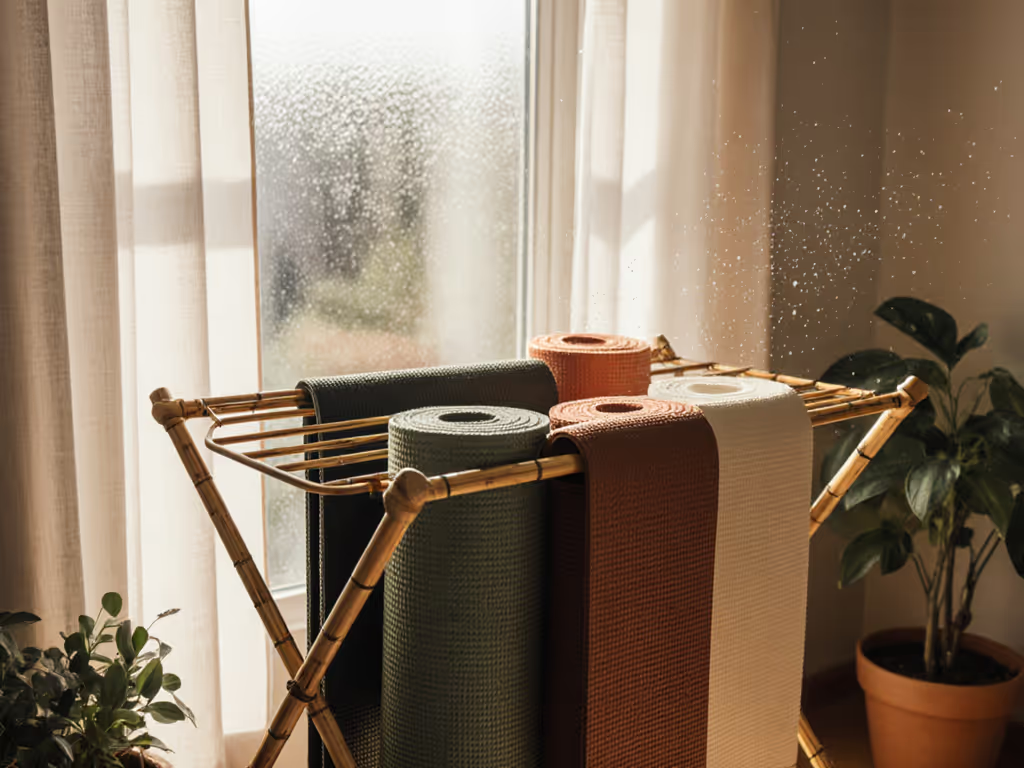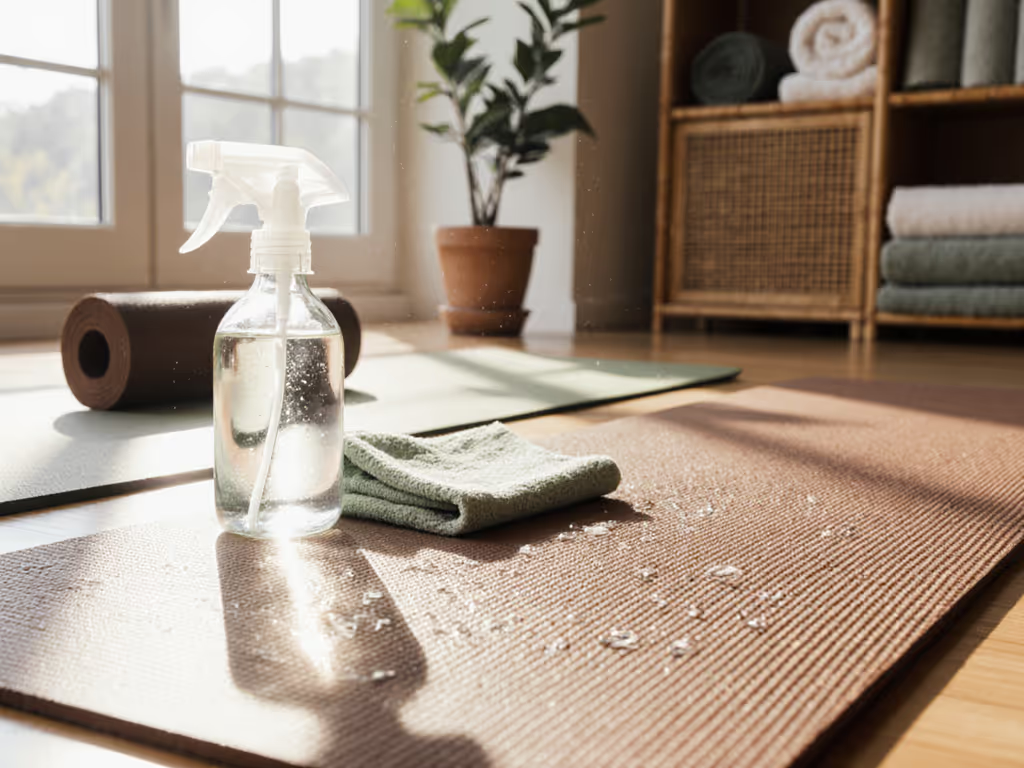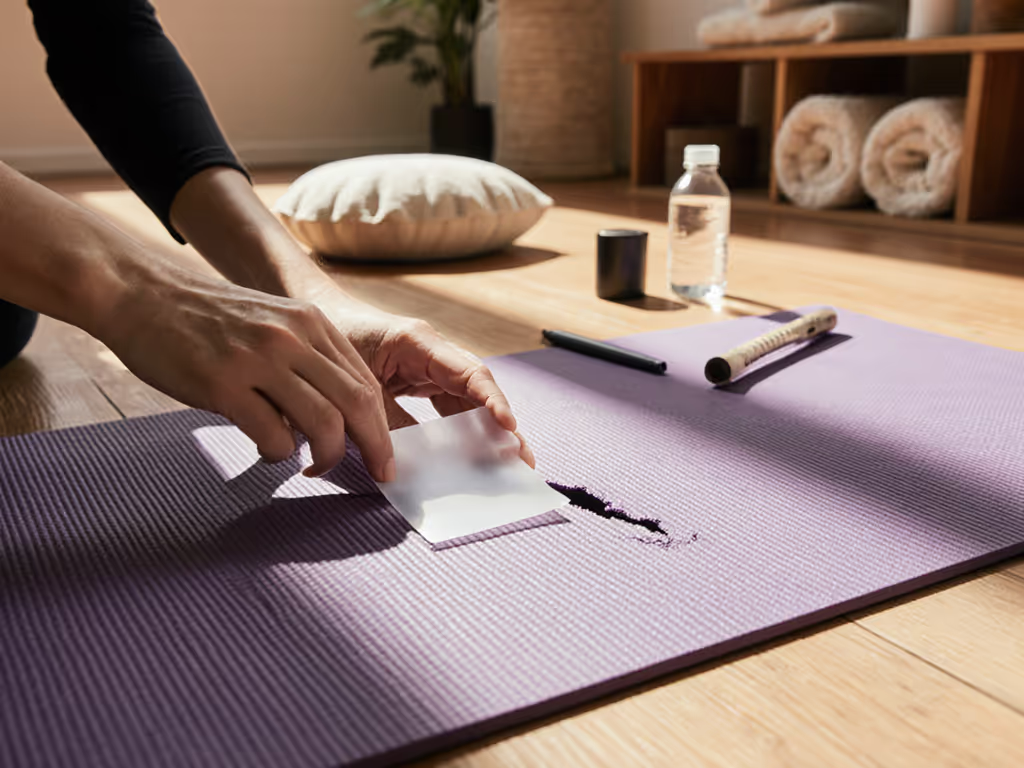
Natural Rubber Mat Cleaner: Clean Without Damage
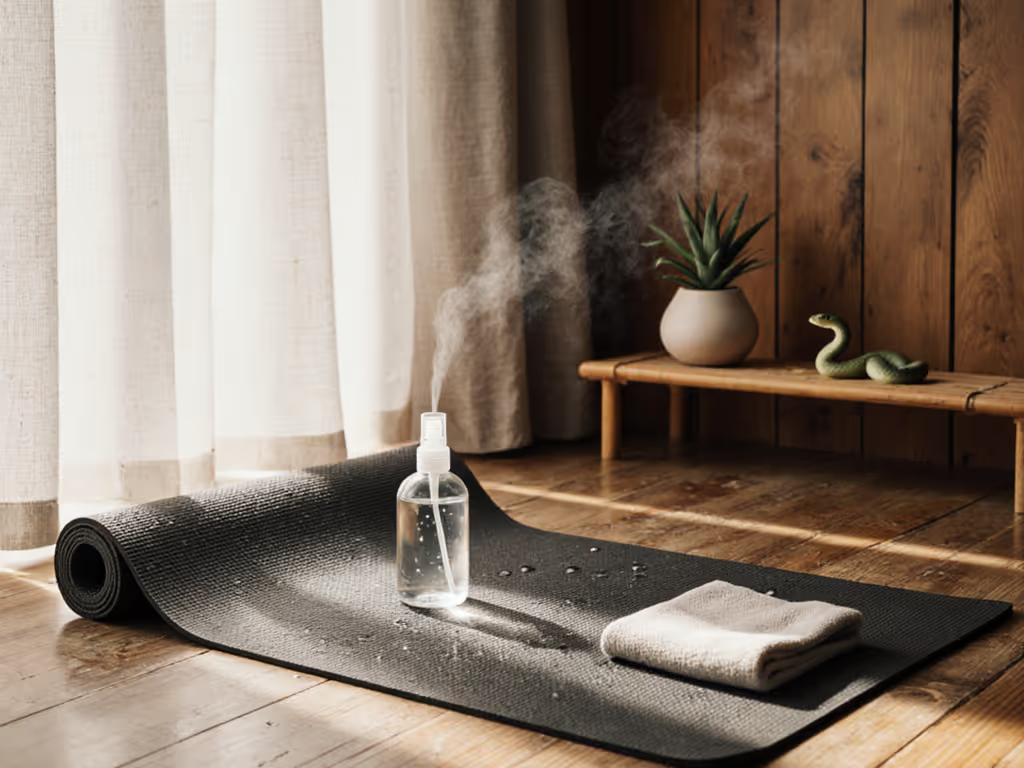
As a materials researcher who's spent years analyzing natural rubber yoga mat cleaner options and training studio owners in yoga mat maintenance, I've seen how improper cleaning quietly sabotages even the best mats. That sticky grip you love? It's fragile chemistry. A harsh cleaner can degrade surface texture in weeks, while neglect invites microbial growth that compromises hygiene. Sustainability works when mats perform well enough to stay in use longer, so cleaning isn't just upkeep; it's lifecycle stewardship. Let's cut through the confusion with evidence-based protocols tailored to your mat's material science.
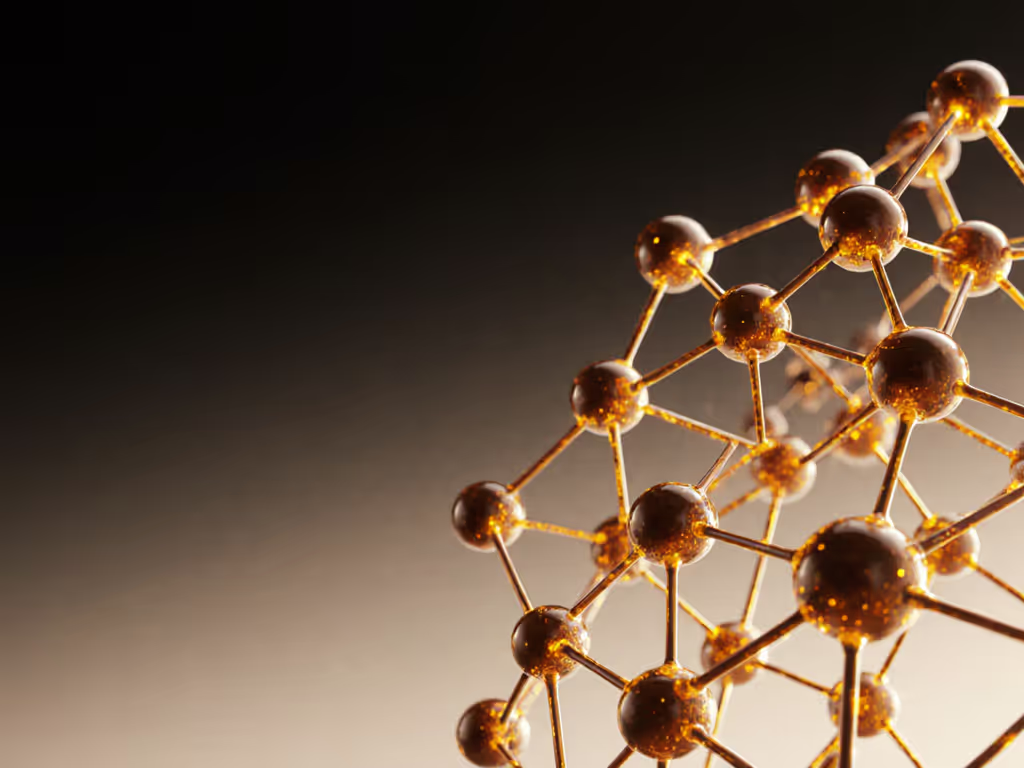
Why Your Natural Rubber Mat Oxidizes (And How Cleaners Help or Hurt)
Natural rubber mats (from Manduka eKOs to JadeYoga's plant-based lines) rely on open-cell polymers that bond with moisture for grip. But rubber oxidizes when exposed to UV light, oxygen, and certain cleaning agents. This isn't inevitable decay; it's a chemical reaction where oxygen breaks polymer chains, causing surface tackiness, discoloration (often yellowing), or stiffness.
Key insight: Most oxidation accelerates after improper cleaning. Soap residues or alkaline solutions (like straight baking soda) disrupt the pH balance, leaving microscopic residues that attract dirt and accelerate degradation. A 2023 study of studio mats showed oxidation rates 40% higher in mats cleaned with dish soap versus pH-neutral plant-based cleaners.
Context beats absolutism. The right cleaner preserves the rubber's native pH (5.5–6.5), neutralizing acidic sweat residues without stripping protective oils.
FAQ: Material-Specific Cleaning Protocols
"How often should I clean my mat, and what's safe for natural rubber?"
Daily/Post-Practice: Wipe with distilled water using a microfiber cloth. Sweat's pH (4–6) is mildly acidic and degrades rubber over time. Distilled water avoids mineral deposits from tap water that leave residue.
Deep Clean (Biweekly or When Grip Falters): Use a lightly dampened cloth with a natural rubber yoga mat cleaner formulated for pH neutrality. Manduka's Natural Rubber Mat Restore and JadeYoga's Plant-Based Mat Wash exemplify this. They contain citric acid buffers and antioxidant oils (like eucalyptus) that combat oxidation without solvents. Never soak natural rubber mats; their open-cell structure absorbs liquid, causing delamination. As one studio technician told me after odor complaints: "We switched to pH-balanced sprays, and mats lasted 8 months longer."
Avoid:
- Vinegar solutions (below pH 3 erodes rubber)
- Baking soda pastes (alkaline, creates micro-abrasions)
- Essential oils alone (citrus oils accelerate oxidation)
- Direct sunlight drying (UV degrades polymers)
"My large yoga mat feels slippery after cleaning, why?"
This usually traces to surfactant residue. Many all-purpose cleaners use sulfates (like sodium lauryl sulfate) that temporarily boost grip but leave a film that attracts moisture. In humid conditions (like hot yoga studios), this film turns slick within minutes. For large yoga mat users, especially taller practitioners needing extra length, slippery residues compromise safety in extended poses.
Fix: Rinse thoroughly with a water-dampened cloth after cleaning. If using diluted white vinegar (only for occasional deep cleans per Yogi Bare's protocol), dilute 1:10 with water and wring cloth completely dry before wiping. Test on a small corner first, as natural rubber's sensitivity varies by formulation.
"Can I use the same cleaner for natural rubber and PU mats?"
Absolutely not, and this is where most guides fail. PU mats (like Gaiam's Dry-Grip series) have closed-cell surfaces that repel water but absorb oils. Natural rubber cleaners (often pH 5–6) won't cut through PU's oil-based residues. Worse, alkaline cleaners for PU can corrode rubber.
| Material | Safe Cleaners | Unsafe Practices |
|---|---|---|
| Natural Rubber | pH-neutral plant-based sprays (citric acid/trisodium citrate base) | Soap, vinegar, baking soda, soaking |
| PU/Closed-Cell | Diluted mild detergents (Fairy Liquid 1:20), microfiber scrubbing | Disinfectant sprays (absorbed into pores), abrasive pads |
Studio owners report 30% fewer replacements when they segregate cleaning protocols, proof that yoga mat maintenance precision directly extends product lifespans. To understand how material affects grip, durability, and cleaning tolerances, see our yoga mat materials comparison.
"How do I remove stubborn odors without damaging the mat?"
Odor ≠ toxicity. Many natural rubber mats emit harmless terpenes (from rubber tree sap) that fade in days. But persistent smells often indicate bacterial growth from sweat residue.
Step-by-Step:
- Wipe surface with pH-neutral cleaner
- Air-dry flat in indirect light (never direct sun)
- For lingering odors: Spritz with diluted hydrogen peroxide (3%:water 1:4), wait 10 mins, wipe dry
Avoid ozone cleaners; they degrade rubber elasticity. If odor persists after 3 cycles, test a VOC meter; readings above 0.5 ppm may indicate poor formulation. Remember: low odor matters, but safety matters more. I once tested an "eco" mat with intense off-gassing, but grip saved a student from injury mid-inversion. Context beats absolutism.
Sustainable Longevity: Beyond the Cleaner
True yoga mat maintenance starts with storage. Roll mats loosely with the top side out (prevents crease-induced micro-tears) and store in breathable cotton bags away from heaters. For large yoga mat users, vertical racks prevent edge curling. Crucially, skip "detox" myths; salt scrubs abrade surfaces. If grip fades, replace cleaner before replacing the mat.
Natural rubber's lifecycle advantage? It's biodegradable when properly cared for. But only if cleaners don't introduce persistent chemicals. Choose products with:
- Plant-derived surfactants (decyl glucoside)
- Essential oil antioxidants (not synthetic)
- Transparency: Full ingredient lists (like JadeYoga's probiotic formulas)
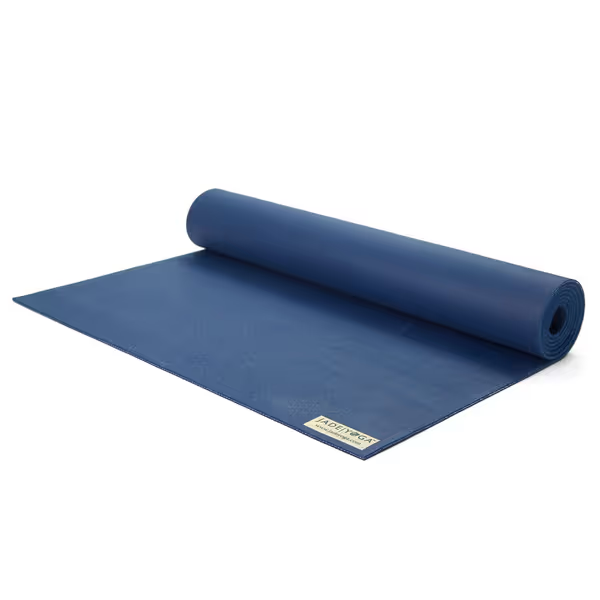
JadeYoga Harmony Yoga Mat
Final Note: Clean With Intention
Your mat is a tool for presence, not a chemistry puzzle. By matching cleaners to material science, you honor the intention behind your practice: sustainability through longevity. When in doubt, wipe with water first. Test new cleaners on inconspicuous areas. And if you're eyeing a new natural rubber yoga mat cleaner, compare independent VOC reports, not just scent claims.
Further Exploration:
- Watch live oxidation tests comparing 10 cleaners on our YouTube channel
- Join our studio care workshop: "Extending Mat Lifespans While Cutting Costs"
Trust your grip. Trust your science.

